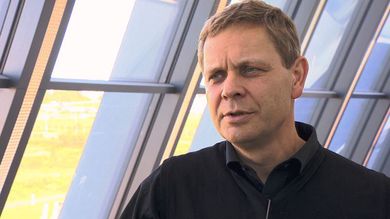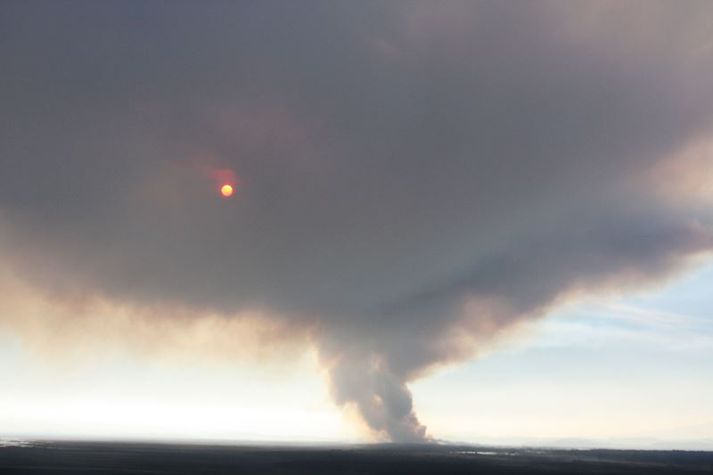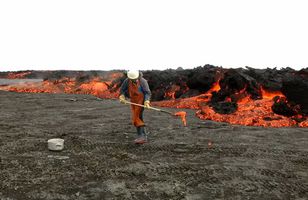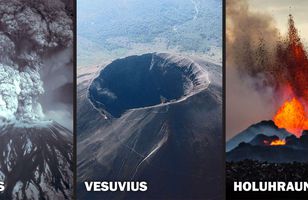The eruption has, in only the span of 3 weeks, secured its place in the history books for at least two reasons.
Magnús Tumi Guðmundsson, professor in geophysics, has pointed out that the latest measurements indicate that the lava field is considerably larger than previously believed. The volume of the lava that has emerged from the crack north of the Dyngjujökull glacier is already believed to be at 500 million cubic meters. The surface area is approaching 40 square kilometers. Its thickness is most along the centerline; closest to the craters its 30 meters, but 18-22 meters elsewhere, with the average thickness around 14 meters.

But the eruption is also notable for its release of gasses, particularly the amount of sulphurdioxide (SO2). Þorsteinn, who is a geophysicist that specializes in atmosphere quality, says that exact numberrs are unavailable but he believes that the amount of gasses discharged is around 10-20.000 tons a day, though certain measurements show a higher density.
"The gas emissions from Holuhraun are around 10-60 thousand tons of sulphur a day. By comparison the EU nations release 14 thousand tons of sulphur a day, and then we're counting every possible source; industry, energy production, mass transit, heating, etc," says Þorsteinn and adds that in that context the Holuhraun eruption is far from being a minor eruption. Quite the contrary.
The meeting of the Civil Protection's science council yesterday revealed that there are no visible signs of the eruption subsiding in force. The lavafield continues to grow and there is no reduction in volcanic products.
The glacier on the Bárðarbunga caldera has now sunken 27-28 meters since the start of the eruption and the seismicity in the mountain is the same as in recent days.


















